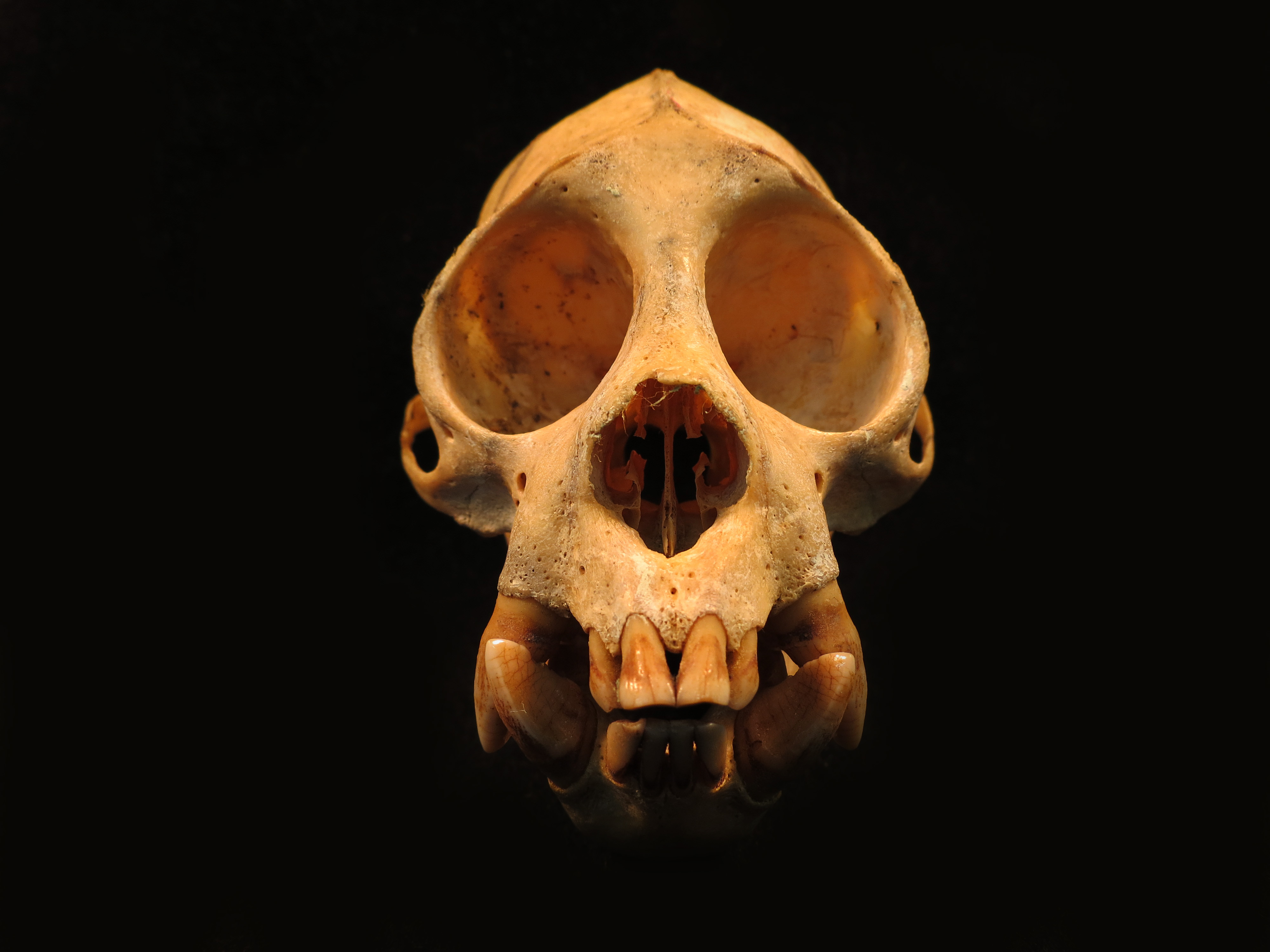|
Bald Uakari
The bald uakari (''Cacajao calvus'') or bald-headed uakari is a small New World monkey characterized by a very short tail; bright, crimson face; a bald head; and long coat. The bald uakari is restricted to várzea forests and other wooded habitats near water in the western Amazon of Brazil and Peru. Taxonomy There are four recognized subspecies of the bald uakari, each of which is considered vulnerable to extinction: * White bald-headed uakari, ''Cacajao calvus calvus'' * Ucayali bald-headed uakari, ''Cacajao calvus ucayalii'' * Red bald-headed uakari, ''Cacajao calvus rubicundus'' * Novae's bald-headed uakari, ''Cacajao calvus novaesi'' Description The bald uakari weighs between 2.75 and 3.45 kg (6.1 and 7.6 lb), with head and body lengths average 45.6 cm (18.0 in) (male) and 44.0 cm (17.3 in) (female). In general, the bald uakari has a long, shaggy coat ranging from white in color to red and its head is bald. The tail is bob-like and rather s ... [...More Info...] [...Related Items...] OR: [Wikipedia] [Google] [Baidu] |
Iquitos
Iquitos (; ) is the capital city of Peru's Maynas Province and Loreto Region. It is the largest metropolis in the Peruvian Amazon, east of the Andes, as well as the ninth-most populous city of Peru. Iquitos is the largest city in the world that cannot be reached by road that isn't on an island, it is accessible only by river and air. It is known as the "capital of the Peruvian Amazon". The city is located in the Great Plains of the Amazon Basin, fed by the Amazon, Nanay, and Itaya rivers. Overall, it constitutes the Iquitos metropolitan area, a conurbation of 471,993 inhabitants consisting of four districts: Iquitos, Punchana, Belén, and San Juan Bautista. The area has long been inhabited by indigenous peoples. According to Spanish historical documents, Iquitos was established around 1757 as a Spanish Jesuit reduction on the banks of the Nanay River. The Jesuits gathered local Napeano (Yameo) and Iquito natives to live here, and they named it ''San Pablo de Napeanos'' ... [...More Info...] [...Related Items...] OR: [Wikipedia] [Google] [Baidu] |

_(2).jpg)